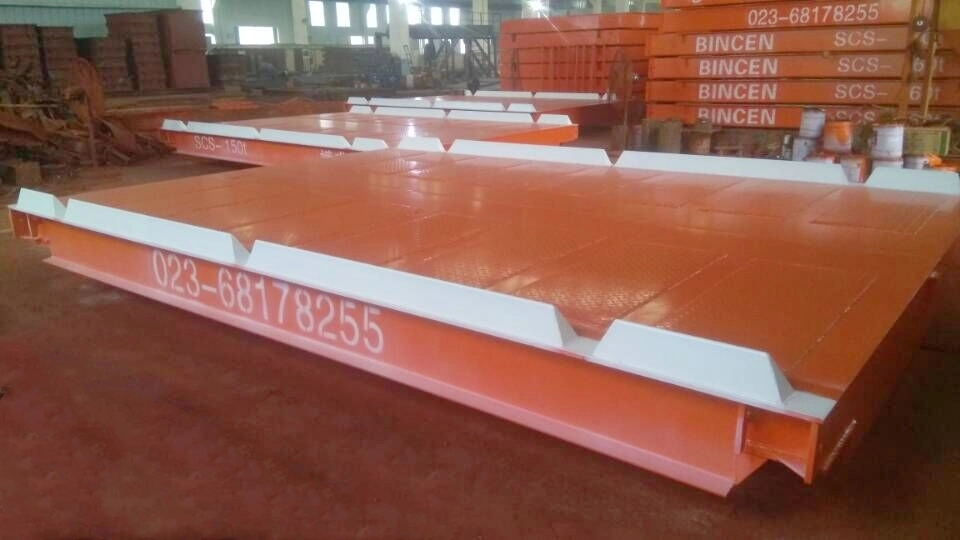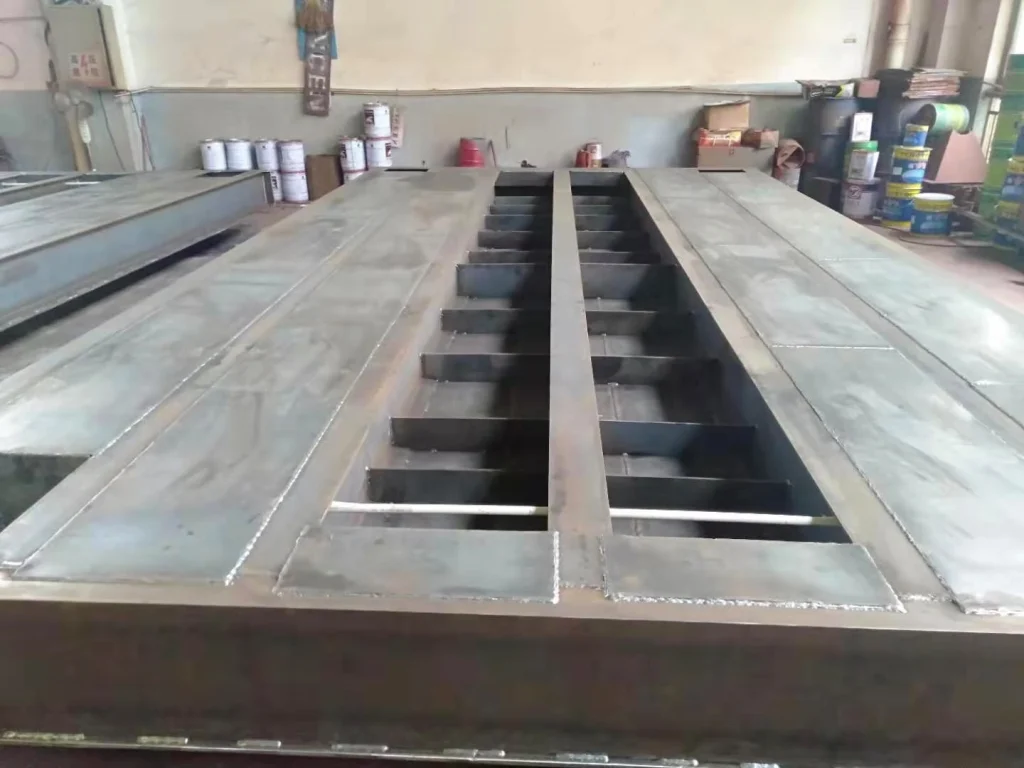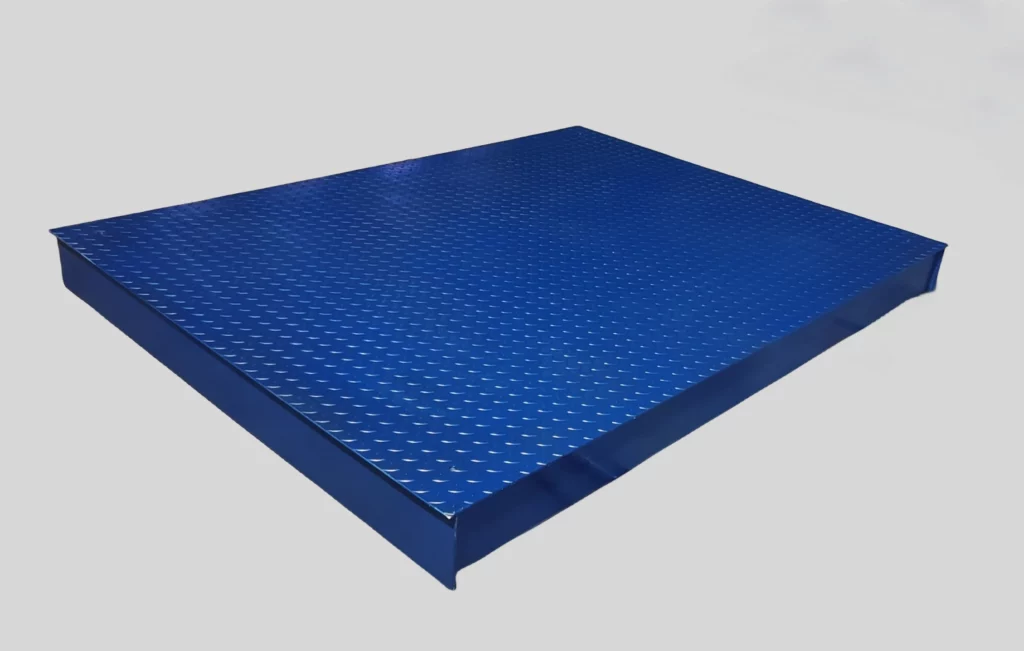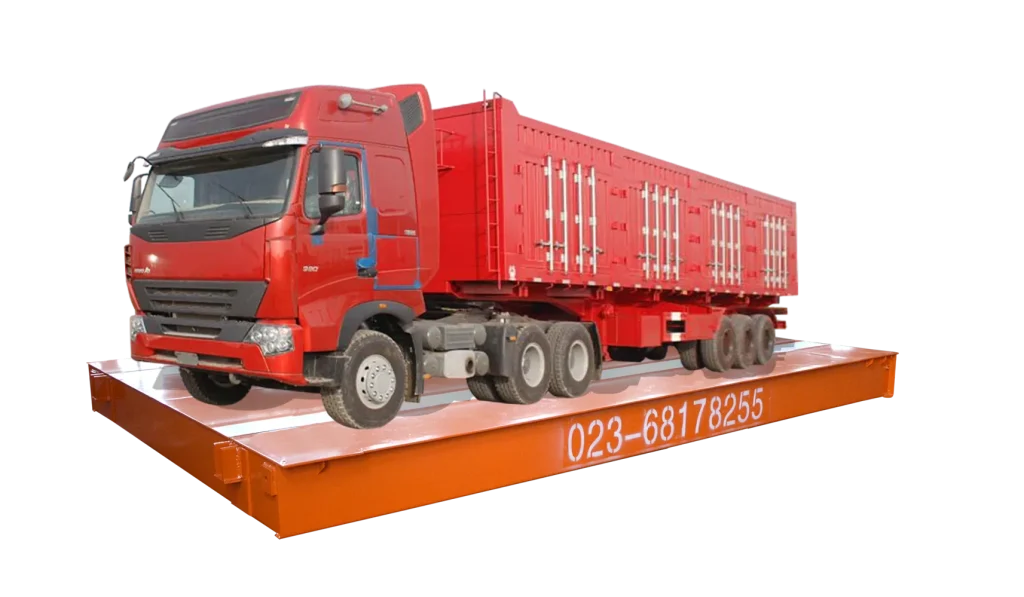Electronic Weighbridge: Traffic and Climate Considerations
Investing in an electronic weighbridge can streamline your operations and ensure accurate weight measurements. Maybe you are looking for the weighbridge for sale, but with various models available, choosing the right one for your specific needs can feel overwhelming. Three key factors often raise questions: Uneven weight distribution, daily traffic volume, and suitability for your climate. Some considerations raised by the weighbridge manufacturing company Bincen help you make an informed decision and ensure your weighbridge functions flawlessly for years to come.

Can an Electronic Weighbridge Handle Uneven Weight Distribution?
Yes, electronic weighbridges can handle uneven weight distribution to a certain extent, but it depends on several factors:
Factor 1: Weighbridge Design
Modern electronic weighbridges have multiple load cells strategically placed beneath the platform. These cells compensate for uneven weight distribution by individually registering the weight at each point. The number of load cells used improves distribution detection and accuracy. Platform design also plays a role. Some weighbridges have a solid deck, while others utilize shear beams or I-beams. Even when the load cells are unevenly loaded, these beams help to spread the weight more evenly.
Factor 2: Severity of Uneven Weight Distribution
The load’s center of gravity will be higher, resulting in an uneven weight distribution. While weighbridges can tolerate some variation, extreme cases can overload individual load cells, reducing accuracy. If the uneven weight is concentrated on a small area of the platform, it may exceed the capacity of a single load cell, reducing accuracy.
Factor 3: Accuracy Considerations
Weighbridges are classified according to their accuracy. Higher accuracy classes (e.g., Class III) are more sensitive to uneven weight distribution than lower accuracy classes (e.g., Class I) used for less critical weighing. Regular calibration is crucial for maintaining accuracy, especially when dealing with uneven weight distribution. Calibration ensures that all load cells are functioning properly and accounts for any wear and tear that may impair their ability to handle uneven loads.
Here are some additional points to consider:
- Manufacturer’s Specifications: To ensure accurate readings, consult the weighbridge manufacturer’s specifications for recommended weight distribution limits.
- Uneven vs. Point Loading: Uneven weight distribution differs from point loading, where all weight is concentrated on a small area. Point loading can cause damage to the weighbridge and should be avoided.
- Axle Weighing: Some weighbridges have axle-weighing features that can help you understand how weight is distributed across a vehicle’s different axles.

How Much Daily Traffic Can an Electronic Weighbridge Withstand?
The daily traffic volume an electronic weighbridge can withstand depends on several factors:
Factor 1: Weighbridge Capacity and Construction
- Weight Capacity: The weighbridge’s maximum weight capacity is an important consideration. Higher capacity weighbridges are typically built stronger to handle frequent heavy loads.
- Material and Design: The materials used in the weighbridge deck and frame are very important. Steel decks are typically more durable for high-traffic applications than concrete decks. Furthermore, the structural design of the weighbridge, including the thickness of the deck and the reinforcement used, influences its ability to withstand repeated weight impacts.
- Load Cell Quality and Quantity: Load cells are the heart of an electronic weighbridge, converting weight to electrical signals. High-quality load cells are more resistant to repeated stress. The number of load cells is also important. More load cells distribute the weight more evenly, reducing stress on each cell and extending the weighbridge’s life under heavy traffic.
Factor 2: Traffic Characteristics
- Vehicle Weight: The weight of the vehicles using the weighbridge is an important factor. Heavy vehicles put more strain on the weighbridge with each pass.
- Traffic Speed: Ideally, vehicles should approach and exit the weighbridge slowly to reduce impact on the deck and load cells. High speeds can cause shock loading, which can damage the weighbridge over time, especially in heavy traffic.
- Frequency of Use: The number of weighings per day has a significant impact on the weighbridge’s lifespan. Consistent high traffic puts a strain on the system.
Factor 3: Maintenance and Usage
- Regular Maintenance: Proper and timely maintenance is critical for extending the life of a weighbridge in heavy traffic. This includes regular cleaning, checking the deck and frame for cracks or damage, and calibrating the load cells to ensure accuracy.
- Proper Use: Adherence to recommended usage guidelines is essential. This includes avoiding overloading the weighbridge, moving slowly on the platform, and ensuring proper weight distribution across the vehicle’s axles.

Is an Electronic Weighbridge Suitable for My Climate?
Electronic weighbridges can be used in a variety of climates, but some considerations are required to ensure accurate and dependable operation. Here’s an overview of how various climate factors can impact weighbridges and what to look for:
Is an Electronic Weighbridge Suitable for My Climate?
Electronic weighbridges can be used in a variety of climates, but some considerations are required to ensure accurate and dependable operation. Here’s an overview of how various climate factors can impact weighbridges and what to look for:
1. Temperature Extremes
Excessive heat can cause the weighbridge deck to expand, potentially affecting the calibration and accuracy of weight readings. Extreme cold can make the weighbridge deck contract, again impacting calibration. Additionally, condensation on load cells due to temperature fluctuations can lead to malfunctions.
What to Look For:
- Material Selection: Choose a weighbridge material that can withstand temperature changes well. For example, concrete decks are less prone to thermal expansion than steel decks. However, in extremely cold climates, concrete may crack. Steel decks can be coated with heat-resistant materials to improve performance.
- Load Cell Technology: Some load cells are specifically designed to withstand extreme temperatures. These may employ special materials or internal temperature compensation features to maintain accuracy.
- Calibration: Regular calibration, especially during seasonal changes, is crucial to maintain the weighbridge’s accuracy despite temperature fluctuations.
2. Rain, Snow, and Moisture
Water and moisture can damage the weighbridge’s electrical components, including load cells and the weighing indicator. Moisture can accelerate corrosion of the weighbridge deck and frame, especially if not properly treated. In freezing climates, ice buildup on the platform can affect weight readings and pose safety hazards.
What to Look For
- Weatherproofing: Choose a weatherproof weighbridge. This may include features such as sealed enclosures for load cells and the weighing indicator, as well as a drainage system to prevent water from pooling on the platform.
- Corrosion-resistant materials: To reduce the risk of corrosion, choose galvanized steel or stainless steel for the weighbridge deck and frame.
- De-icing options: Consider weighbridges with built-in de-icing features such as heating elements or the ability to use de-icing mats on the platform in cold climates.
3. Dust and Dirt
Dust and dirt buildup on the load cells can affect their ability to function properly and lead to inaccurate readings. Windblown dust and debris can cause wear and tear on the weighbridge deck.
What to Look For
- Sealed design: A sealed design reduces dust intrusion into the weighbridge’s internal components.
- Easy cleaning: The weighbridge should be simple to clean to avoid dust and debris buildup. This could include features such as a removable platform or a self-draining design.
Conclusion
You can select an electronic weighbridge that meets your specific needs by taking into account uneven weight distribution, daily traffic volume, and climate. Consulting with an electronic weighbridge manufacturer who understands your industry and local environment can provide valuable insights and help you get the most out of your investment. With the proper information and careful consideration, your weighbridge can become a dependable asset for your company.





